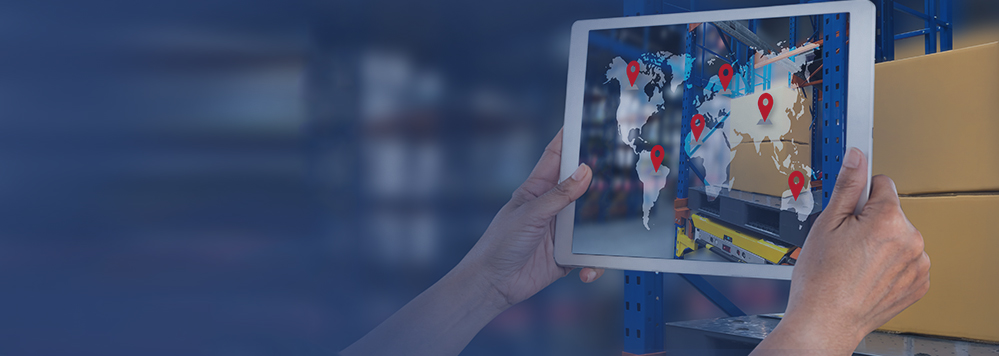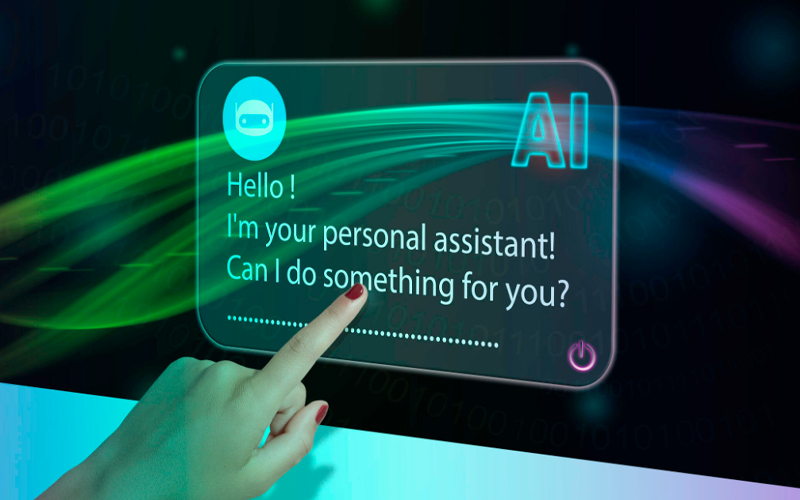Today, the procurement organizations stand at the threshold of transformative technological advancements that are amplifying their strategic influence on business success. The next-generation procurement operating model is all about reimagining the procurement function’s role in assuring value delivery for the enterprise, casting procurement as the superhero of enterprise value and safeguarding and elevating its impact across the business landscape.
Infosys Portland Procurement Value Survey 2025 confirms what many leaders expected: Procurement’s mandate has expanded. It’s no longer just about cost control; it’s about resilience, sustainability, innovation, and speed. High performers are proving that digital tools alone don’t deliver this shift; it takes a different way of working.
The data is clear: Leaders achieved approximately 2.1 times more savings per FTE, 53% faster PR‑to‑PO cycle times, and 4 more points in stakeholder satisfaction compared to followers. They also delivered approx. 2.8 times higher ROI on procurement investments. The common thread? A deliberate focus on operating model design, not just technology adoption.
Traditional procurement operating models - whether centralized or decentralized - were typically led by a chief procurement officer (CPO) and focused primarily on operational tasks and cost savings. In contrast, next-generation procurement models are more agile, emphasizing technology adoption through talent equipped with transformation skills. This shift enables value-driven digital transformation within procurement organizations, unlocking major business benefits.
Below are some of the key models reshaping procurement today.
GCCs and GBS: the capability engine
Predictions of the demise of offshoring are misplaced. Global capability centers (GCCs) and global business services (GBS) are evolving into strategic hubs for digital procurement. They pool scarce skills, standardize controls, and steward AI agents and playbooks at scale. This model accelerates time to value while safeguarding compliance and risk. Research shows expectations for GBS are rising - covering analytics, digital enablement, and strategic partnering - even though budgets remain tight.
e‑marketplaces: turning the long tail into a flywheel
Tail spends remains a stubborn challenge, but our approach to managing the tail is transforming. E‑marketplace and aggregator models are part of that that equation. By integrating curated supplier ecosystems with guided buying and policy‑in‑the‑flow, organizations can reduce cycle times, improve compliance, and enhance user experience without adding bureaucracy. When paired with managed services amplified by autonomous processes and agents, these platforms transform diffused spend into a governed, insight‑rich demand stream, fueling continuous improvement.
outsourcing core categories - why the line is moving
Technology maturity and integrated delivery - that integrates rather than stitches together advisory, technology, and managed services - now enable expert providers to run end-to-end processes, which used to be “too strategic to outsource.” With AI assistance, category playbooks, marketplace orchestration, and supplier‑risk intelligence under a common governance model, outsourcing can drive a cost lever, and also uplift efficiency, improve user experience, and deliver superior procurement outcomes overall.
The practical implication: Internal teams can continue to focus on innovation, stakeholder partnering, and business‑critical decisions, but so can the provider who runs selected categories and activities end to end, with a high discipline, data‑intensive engine room, at scale.
Leading organizations, including Infosys, are reimagining procurement through adaptive, digitally enabled operating models that deliver measurable business impact. At the heart of Infosys’ approach is the Diamond Ring Framework, a holistic model that integrates core procurement functions with enabling infrastructure across six pillars: People, process, technology, data, governance, and organization.
This framework helps procurement teams:
- Align with enterprise strategy
- Deliver faster and smarter sourcing decisions
- Embed ESG, risk, and supplier relationship management into daily operations
- Leverage genAI and autonomous sourcing for guided buying and negotiation
The next-gen operating model is not a one-size-fits-all solution; it’s a dynamic, evolving framework tailored to each organization’s maturity and ambition. For CPOs and procurement leaders, the imperative is clear: Embrace adaptive models, embed digital enablers, and elevate procurement from operational support to a strategic powerhouse.
Infosys’ Diamond Ring Framework offers a proven path forward, one that transforms procurement into a driver of enterprise value, resilience, and innovation.







